What is Windows 10 as a Service?
Details about Microsoft’s long-rumoured Azure-powered Cloud PC are beginning to emerge
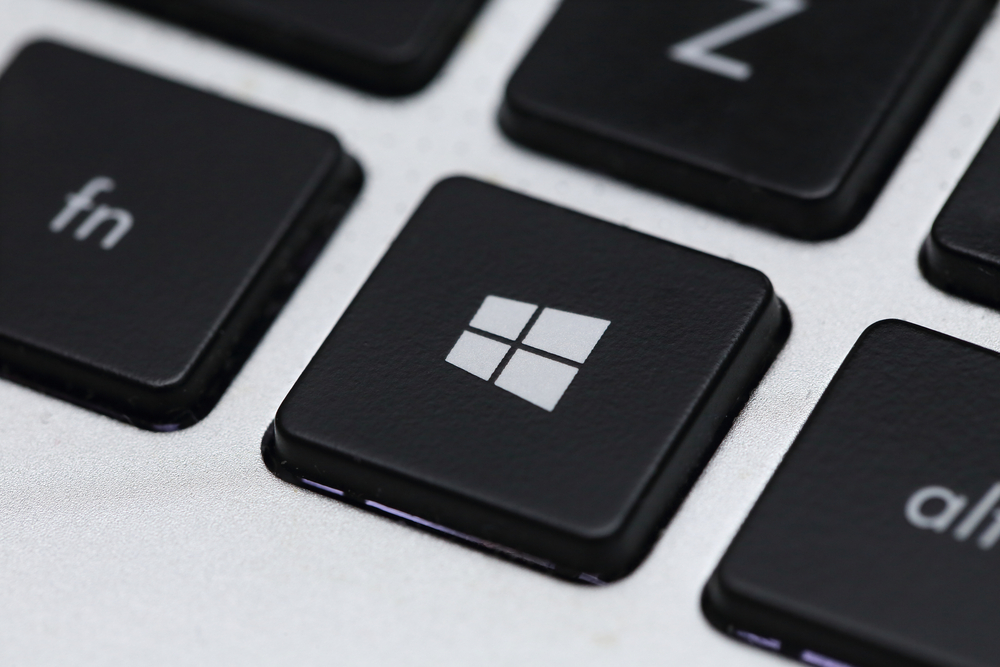

Throughout its history as a developer, Microsoft has shipped its flagship Windows operating system (OS) pre-installed with hardware built by other manufacturers. The Windows OS - from Windows 95 to the latest version of Windows 10 - would be stored locally, and regular updates beamed through an internet connection.
It has long been rumoured that Microsoft is working on a containerised, virtual Windows experience, however, offering users a cloud-based desktop experience instead of a physical one. Recent information has also emerged to suggest that this vision will very soon become a reality, with Windows 10 as a Service, also known as Cloud PC, set to launch during 2021.
What is Microsoft Cloud PC?
Microsoft Cloud PC, or Windows 10 as a Service, is a virtualised form of Windows 10 that runs entirely on the cloud.
Where the OS on traditional Windows machines would be stored locally, Cloud PC connects to the internet and access the operating system remotely, alongside any apps and services required. It’s promoted as Microsoft’s own Desktop as a Service (DaaS) offering; representing the idea cloud computing in its purest sense.
With Cloud PC, everything will be stored on virtual machines on Microsoft servers as opposed to certain chunks running from your hard drive. Visually and practically, however, there would be little material change to the user experience, with Cloud PC users benefiting from the same layout, visuals and tools available to local Windows users.
Why distribute a virtualised Windows 10?
The introduction of Cloud PC represents a significant change, but also one that will leave many scratching their heads given the roaring success of Microsoft’s classic OS model through the years.
While it naturally summons the old adage “if it ain’t broke don’t fix it”, Microsoft sees this virtualised iteration of its flagship OS as an evolution from a legacy platform that will, over time, become obsolete. It’s a strategic shift that Microsoft has been contemplating for years, too, with rumours as far back as 2014 suggesting the firm was developing something called ‘Cloud Windows’.
Sign up today and you will receive a free copy of our Future Focus 2025 report - the leading guidance on AI, cybersecurity and other IT challenges as per 700+ senior executives
While this never came to fruition, the idea never died, with Microsoft having since tested and launched various services that live up to these principles. Such ventures include Microsoft Managed Desktop (MMD), a cloud-based device management service through which the company manages an organisation’s entire Windows 10 deployment.
What are the benefits of using Microsoft Cloud PC?
As Microsoft sees it, with Cloud PC, it would be made easier for customers to manage their apps and services, given the service rids the need for manual installations. Presently, Windows users need to navigate to the installation pages of all apps one-by-one and locate .exe files, or rely on CDs or DVDs. Developers, meanwhile, need to ensure these apps are compatible with a machine’s Win32 chip.
Running everything from the cloud in a virtualised manner would streamline this experience all-round. A Windows DaaS experience also means organisations won’t have to wrestle with the burden of rolling out massive feature updates as and when Microsoft readies these for distribution, given the recent propensity for many of these updates to cause significant problems, as well as hardware compatibility issues.
How powerful is Windows 10 as a Service?
This service is actively being tested in the wild, according to recently-published support documentation, with pre-defined configurations expected to launch in the Spring of 2021.
These documents also outline that Cloud PC Application Programming Interfaces (APIs) are being added to Microsoft Graph, the gateway to data and apps in Microsoft 365. The key takeaway, however, is that Cloud PC may come in the form of three schemes customers can choose from.
Branded medium, heavy and advanced, according to Windows Latest, these service plans will provide customers with access to different configurations from which they can run Windows 10 in Daas form.
| Row 0 - Cell 0 | Medium | Heavy | Advanced |
| Processor | 2 vCPUs | 2 vCPUs | 3 vCPUs |
| RAM | 4GB | 8GB | 8GB |
| Storage options | 96GB SSD | 96GB SSD | 96GB SSD |
This cloud-powered Microsoft Windows 10 experience would be managed by the company, and likely sold in the form of a subscription service at a fixed per-user price. Pricing is also likely to be based around Azure consumption, as other Microsoft cloud services are.
There is no official launch date, nor details on pricing, but it’s strongly rumoured that Microsoft will make an announcement on the availability of Cloud PC in the coming months.

Keumars Afifi-Sabet is a writer and editor that specialises in public sector, cyber security, and cloud computing. He first joined ITPro as a staff writer in April 2018 and eventually became its Features Editor. Although a regular contributor to other tech sites in the past, these days you will find Keumars on LiveScience, where he runs its Technology section.
-
 What businesses need to know about data sovereignty
What businesses need to know about data sovereigntyWithout a firm strategy for data sovereignty, businesses put their data and reputations at risk
-
 Anthropic says MCP will stay 'open, neutral, and community-driven' after donating project to Linux Foundation
Anthropic says MCP will stay 'open, neutral, and community-driven' after donating project to Linux FoundationNews The AAIF aims to standardize agentic AI development and create an open ecosystem for developers
-
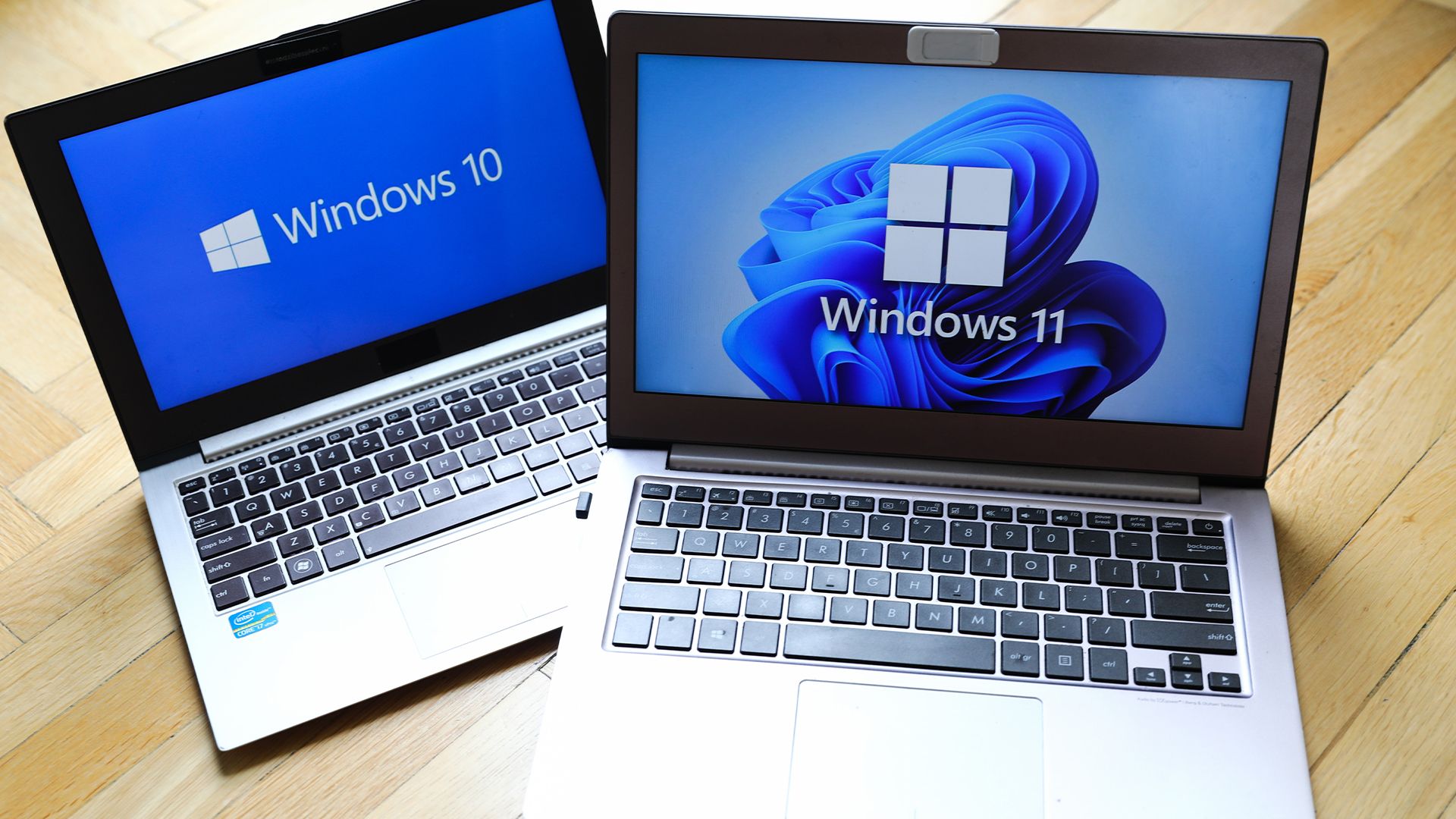 Windows 10 extended support costs could top $7 billion
Windows 10 extended support costs could top $7 billionNews Enterprises sticking with Windows 10 after the October deadline face huge costs
-
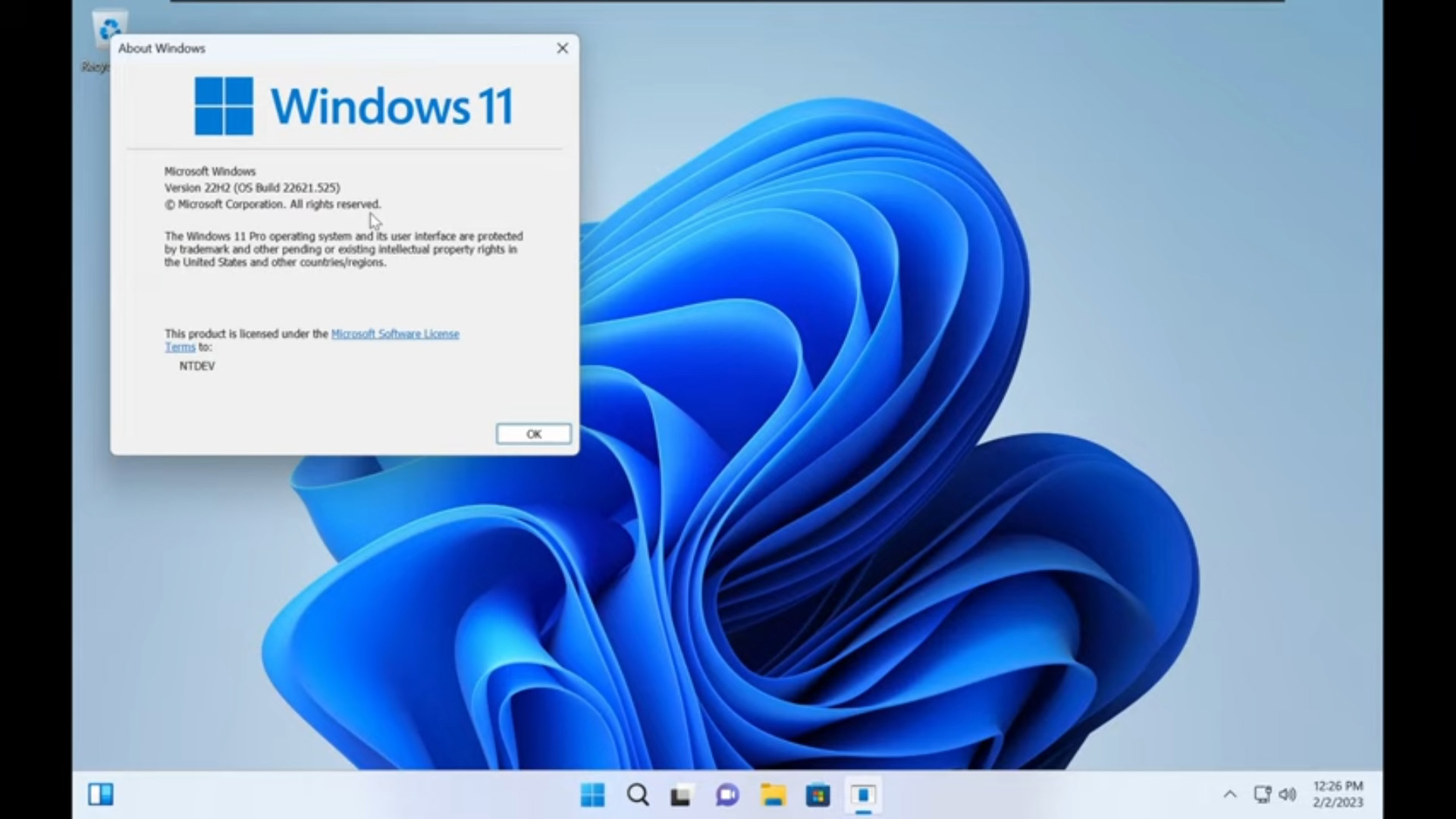 Tiny11 review: Windows 11 with only 2GB of RAM
Tiny11 review: Windows 11 with only 2GB of RAMReview A version of Windows 11 for older machines that don't meet the full requirements
-
 Red Hat Enterprise Linux becomes foundational operating system for Cohesity Data Cloud
Red Hat Enterprise Linux becomes foundational operating system for Cohesity Data CloudNews New strategic partnership between Red Hat and Cohesity aims to drive innovation in the data security and management space
-
 Ubuntu shifts to four-week update cycle
Ubuntu shifts to four-week update cycleNews Critical fixes will also come every two weeks, mitigating the issues involved with releasing prompt patches on the old three-week cadence
-
 AlmaLinux follows Oracle in ditching RHEL compatibility
AlmaLinux follows Oracle in ditching RHEL compatibilityNews Application binary compatibility is now the aim with 1:1 now dropped
-
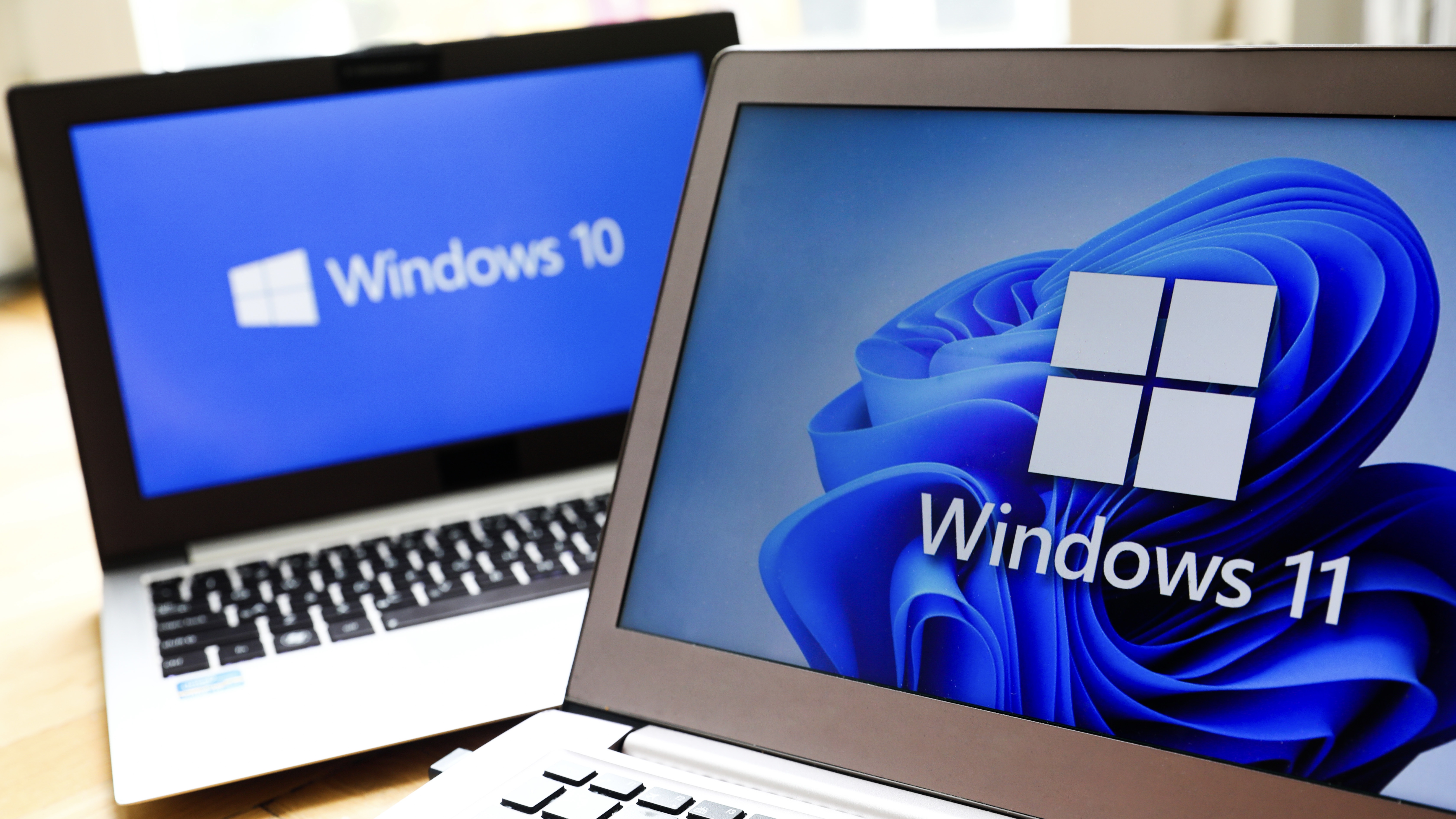 How big is the Windows 10 cliff-edge?
How big is the Windows 10 cliff-edge?ITPro Network With some comparing the upcoming Windows 10 end of life to Windows XP, we ask members of the ITPro Network for their insight
-
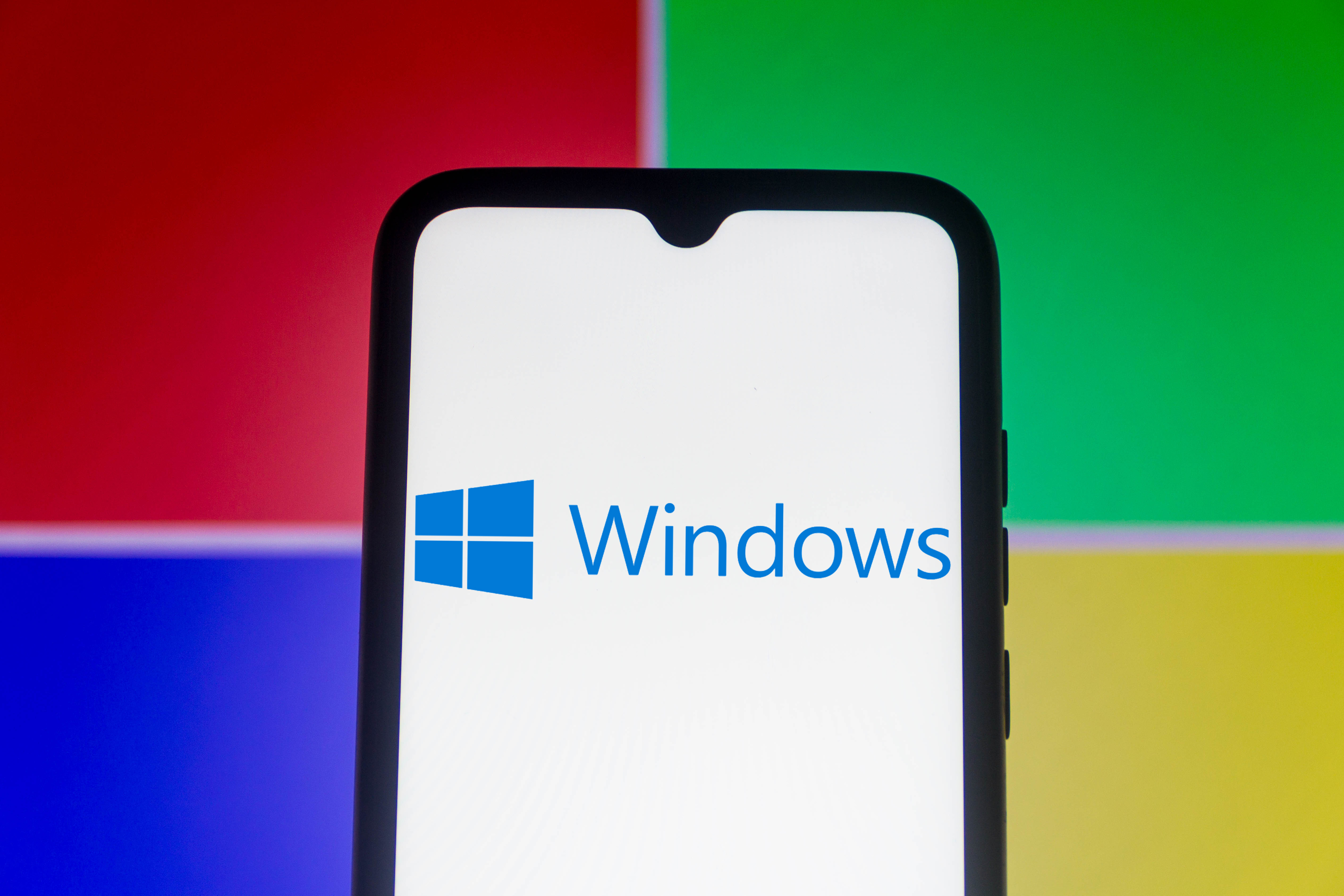 Everything you need to know about the latest Windows 11 updates - from bug fixes to brand-new features
Everything you need to know about the latest Windows 11 updates - from bug fixes to brand-new featuresNews Two new cumulative updates are on the way and will be installed automatically on Windows 10 and Windows 11 machines
-
 How to download a Windows 11 ISO file and perform a clean install
How to download a Windows 11 ISO file and perform a clean installTutorial Use a Windows 11 ISO to install the operating system afresh